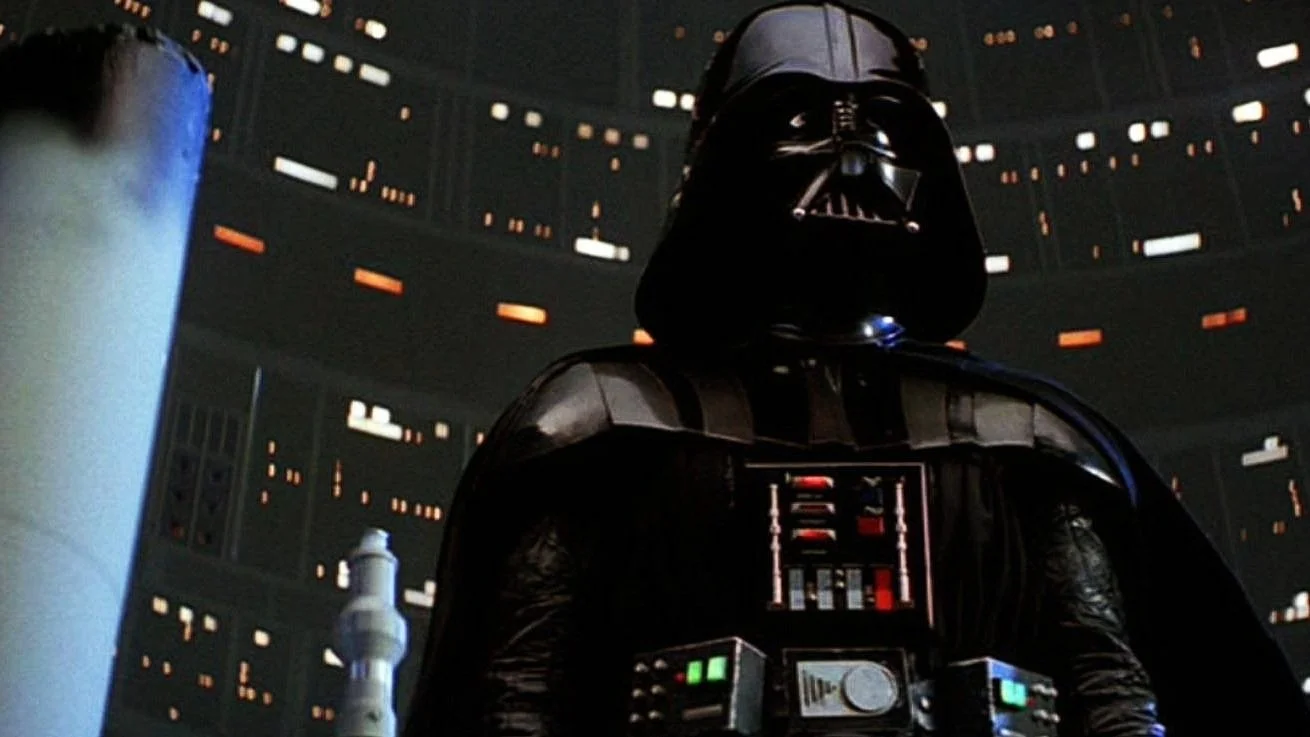Unique perspective — look up and transform the ordinary
Most of us take photos from eye level without thinking. It’s natural — it’s where we see the world from. But if you want your smartphone photos to stand out, sometimes all it takes is a simple shift in perspective.
Try this: look up.
Looking up when you shoot changes everything. It exaggerates height, reveals patterns above eye level, and transforms your background from clutter to sky. You’ll notice leading lines in ceilings, symmetry in architecture, and drama in things you’d normally ignore.
This technique is all about changing your angle to change how people see your subject — and how they feel when they look at your photo.
Why “looking up” works
It adds scale: Shooting up makes subjects like buildings, trees, or people appear taller and more powerful.
It removes distractions: Floors are cluttered — skies are clean. Looking up simplifies your frame.
It reveals overlooked details: Ceilings, signs, branches, canopies, and patterns come into view.
It creates drama and tension: Low angles can feel cinematic, imposing, or even surreal.
It’s one of the easiest ways to make a subject feel different — without needing fancy equipment.
How to shoot “looking up” with your smartphone
Get low and tilt your camera up
Crouch, kneel, or lie down if needed. Even a slight tilt makes a difference. Frame upwards to exaggerate height and create vertical tension.Use vertical orientation
Most upward shots benefit from portrait framing — it emphasizes height and direction.Center or anchor your subject
Place a subject at the base and let the background shoot upward — buildings, trees, people, poles, or staircases.Use your grid for balance
Turn on your camera’s 3x3 grid and align leading lines with verticals or diagonals for stronger structure.Tap to expose correctly
Bright skies can throw off exposure. Tap on your subject or drag the exposure slider to preserve highlights or shadows.
When to use a “look up” perspective
In cities: Skyscrapers, signage, power lines, and repeating patterns
In forests or nature: Tall trees, canopies, clouds
In architecture: Arches, ceilings, staircases, bridges
In portraits: Have your subject stand above you for a more powerful pose or expressive look
Looking up adds character, confidence, and energy to ordinary subjects.
When not to use it
In tight indoor spaces with poor ceilings or lighting
When shooting faces too close with wide lenses — distortion can become unflattering
If the background overhead doesn’t add value to the image
It’s most effective when there’s something worth looking up at.
Did you know?
In film, the “low-angle shot” has been used since the silent era to make characters appear powerful or intimidating. Citizen Kane made the technique famous, using it to convey dominance and control. In photography, shooting up has long been used in architectural work to exaggerate grandeur and depth.
Now, smartphones make it easy to apply this cinematic language to your everyday photography.
Tips for better “look up” shots
Look for light breaks: Sunlight filtering through leaves or between buildings adds atmosphere.
Shoot during golden hour or twilight: Upward compositions with rich sky color or long shadows feel cinematic.
Use reflections: Try mirrored ceilings or windows to double the drama.
Add motion: Capture birds, planes, or people walking past for extra story elements.
Common mistakes
Unflattering facial distortion in close-up portraits
Overexposing skies or underexposing subjects
Unstable handholding — tilting upward increases shake, so use both hands or brace against a surface
Including too much ceiling or sky with no anchor subject
Always frame intentionally — include something strong in the foreground or at the base of your composition.
Related techniques
Use the search bar above to search for any composition technique, including the below:
Lens compression
Fill the frame
Symmetry and asymmetrical balance
Conclusion
Looking up might seem simple — but it’s transformative. By changing your perspective, you unlock entirely new compositions in places you’ve walked past a hundred times. It forces you to slow down, see differently, and shoot with intention.
📘 “Looking up” is just one of over 100 techniques inside Stronger Photo Composition - 4-Step System. Whether you’re a beginner or building your style, this book will help you see and shoot with more purpose.
👉 Buy the physical book or PDF version of Stronger Photo Composition - 4-Step System


